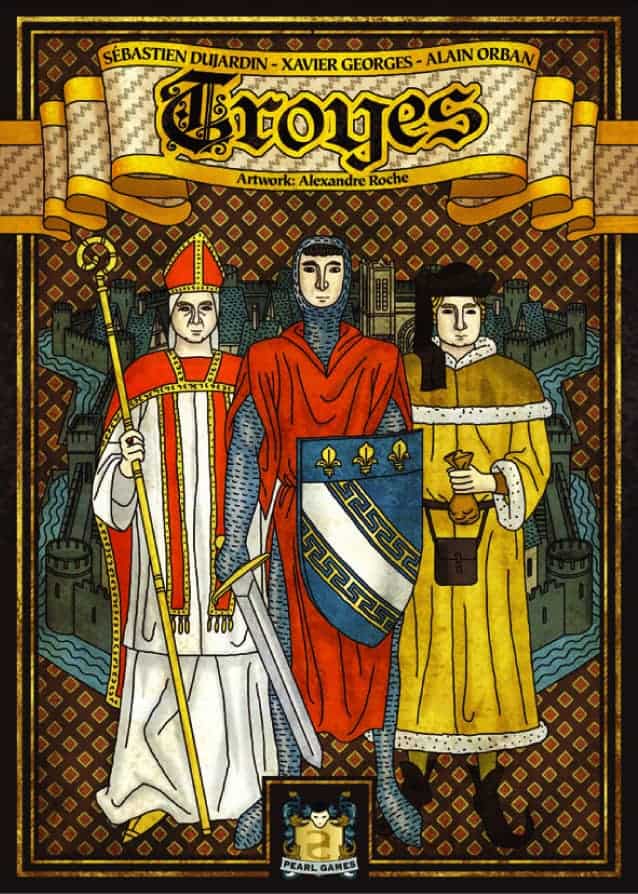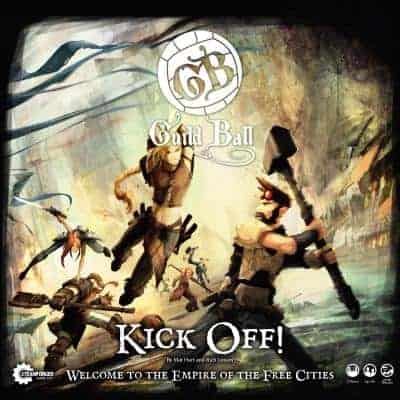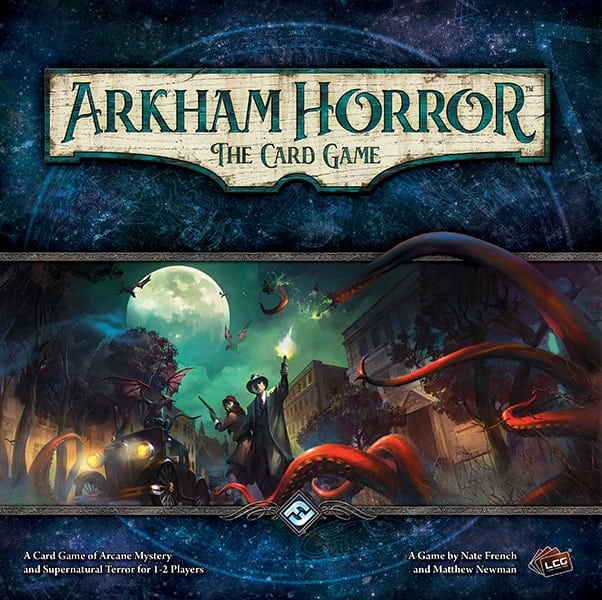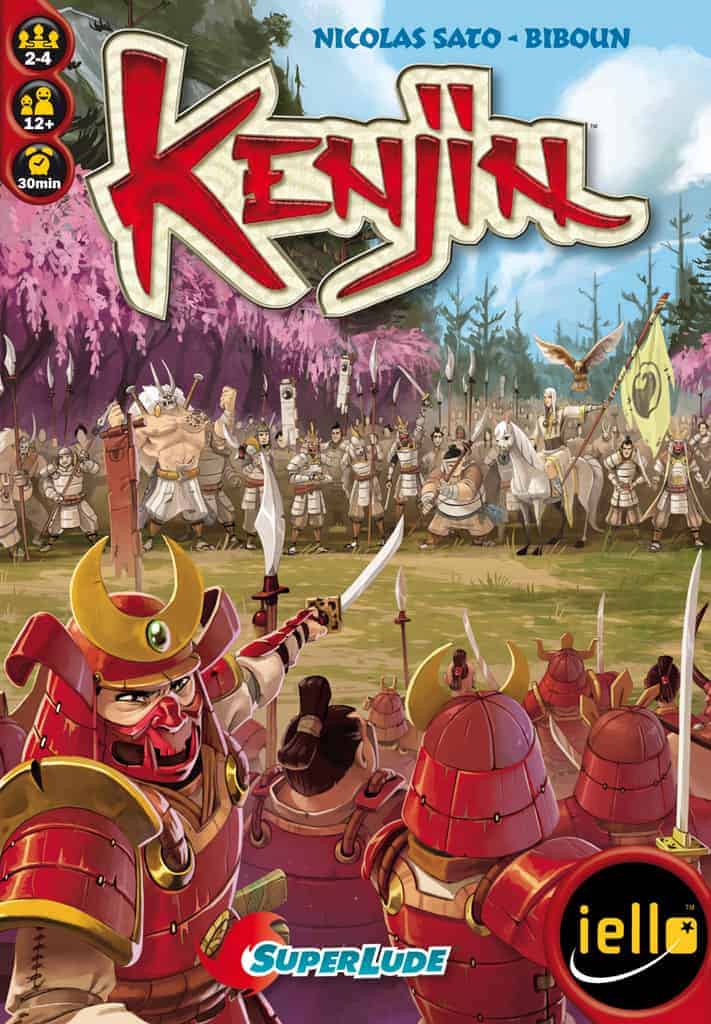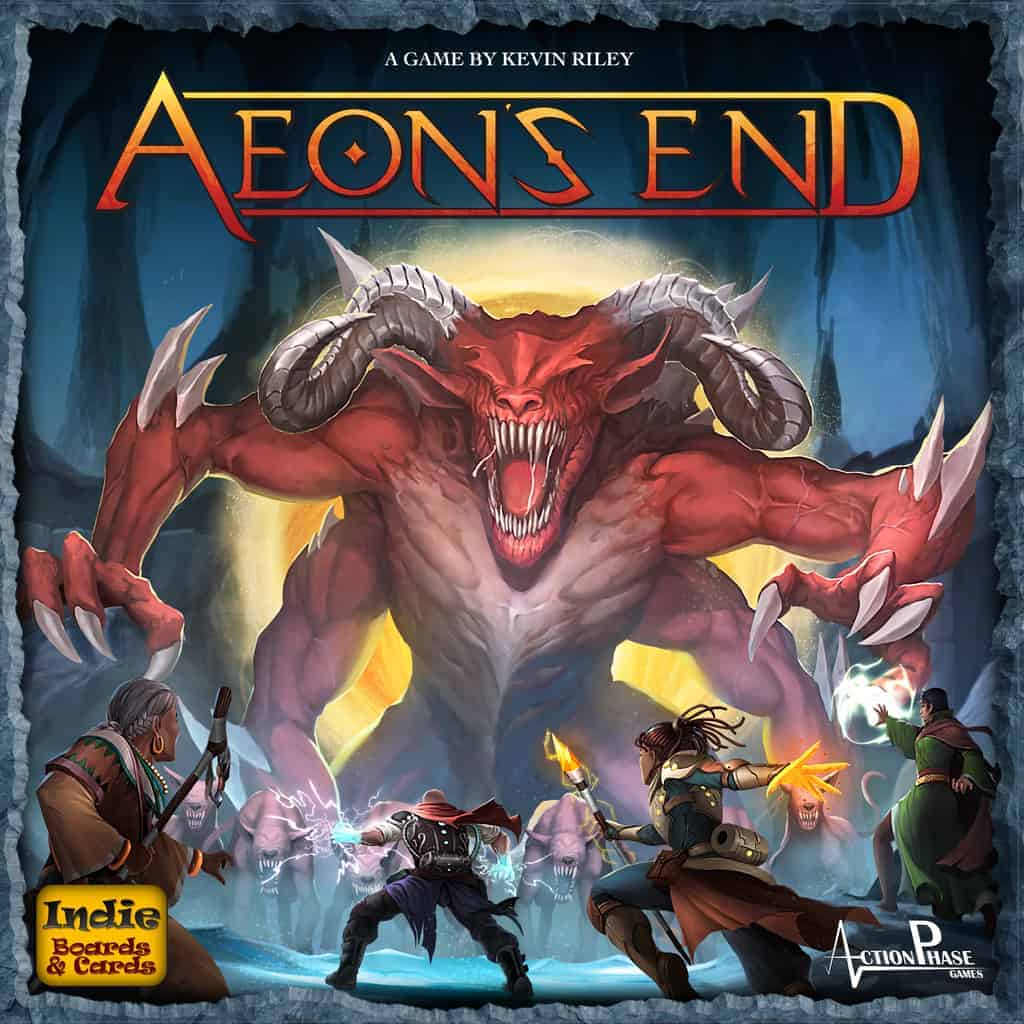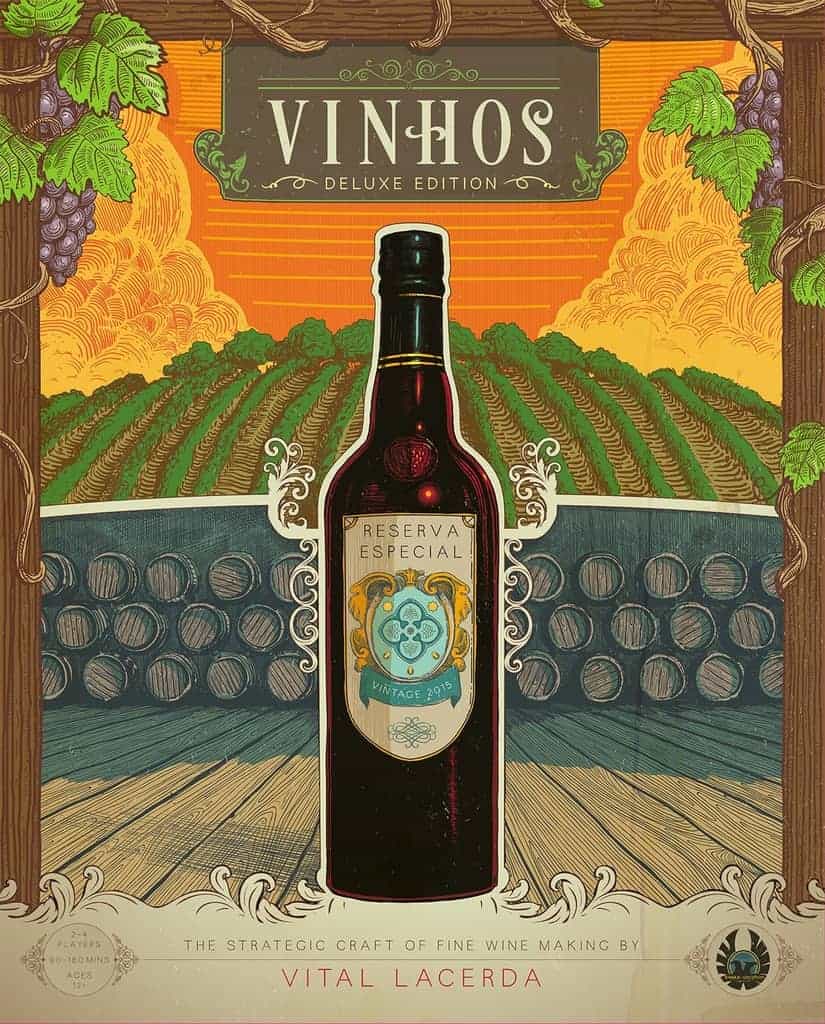Troyes
During the late middle ages, the French city of Troyes was a center of Western European conflict. It witnessed the marriage of a French queen to an English king, Joan of Arc’s crusade to liberate France, the Black Death, the arrival of the Gypsies, the birth of Arthurian romance, and more — all before a tremendous fire destroyed the city and its ornate Cathedral, consigning the greatness of Troyes to history.
You can experience the greatness of this medieval French city in the board game Troyes. Combining the unpredictability of dice with a tight economy and plentiful player interaction, Troyes challenges you to lead a group of citizens through a tumultuous time and compels you to make tough strategic decisions in every round. Will your citizens become Archers or Artisans? Will you help build the Cathedral, or battle Heresy? Above all, how will you survive the constant attacks, skirmishes, and battles of the Hundred Years War, and earn your family some fame in these tumutluous times?
Read More
